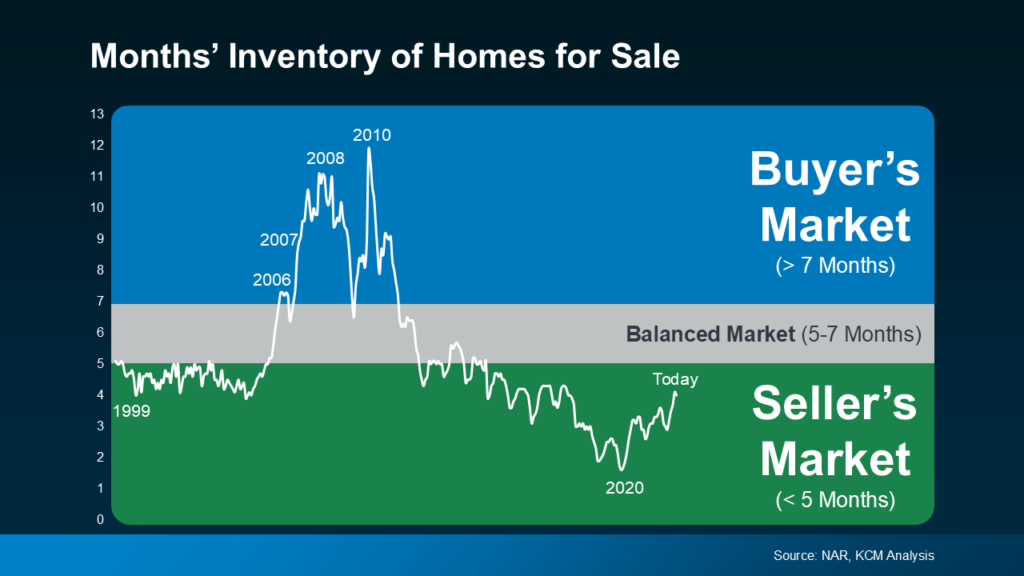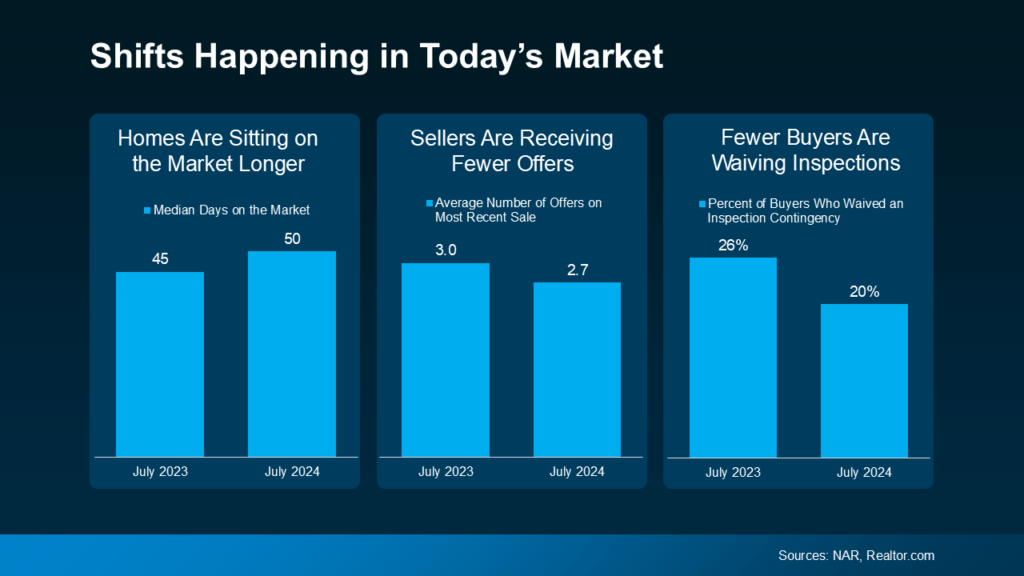
Shifting Market Dynamics: What You Need to Know About the Housing Market
If you’ve been tracking the housing market in recent years, you’ve likely noticed that sellers have held the upper hand. However, with the growing inventory of homes, could the tide be turning? Let’s break down the essentials.
Understanding a Balanced Market
A balanced market is typically characterized by a five-to-seven-month supply of homes for sale. In such a market, neither buyers nor sellers dominate, leading to more stable prices and a wider selection of homes. After years of sellers having the advantage, a shift towards a balanced market would be welcome news for potential buyers. But is that shift actually happening?
At the start of this year, the national housing market had a three-month supply of homes. That inventory has since grown to four months. While this increase might seem modest, it indicates that the market is moving toward balance, though it hasn’t quite reached that point yet. It’s crucial to note that this rise in inventory isn’t leading to an oversupply that could cause a market crash. Despite recent growth, the supply still falls short of what would be needed for such a downturn.
The following graph, based on data from the National Association of Realtors (NAR), illustrates where inventory levels have been in the past and where they stand today.

Current Market Conditions: Still a Seller’s Market, But the Frenzy Is Easing
While we’re still in a seller’s market, the intense competition that defined the past few years is beginning to cool off. As Mark Fleming, Chief Economist at First American, points out:
“The faster housing supply increases, the more affordability improves and the strength of a seller’s market wanes.”
What This Means for You and Your Move
So, what does this shift mean for you as you consider making a move? Lawrence Yun, Chief Economist at NAR, provides insight:
“Homes are sitting on the market a bit longer, and sellers are receiving fewer offers. More buyers are insisting on home inspections and appraisals, and inventory is definitively rising on a national basis.”
The following graphs, based on the latest data from NAR and Realtor.com, illustrate these evolving market trends.

Market Trends Update: What You Need to Know
Homes Are Taking Longer to Sell
With more homes available on the market, properties aren’t selling as quickly as they used to. For buyers, this gives you extra time to find the perfect home. For sellers, it’s crucial to price your home competitively—overpricing could push potential buyers toward better-priced alternatives.
Sellers Are Seeing Fewer Offers
As a seller, you may need to be more flexible and open to negotiating on price or terms to secure a sale. For buyers, the competition is easing, giving you more options and possibly better bargaining power.
Inspections Are Back in Play
Buyers now have more leverage, leading to fewer waived inspections. This means sellers should be prepared to negotiate and address any repair requests to keep the deal on track.
How a Real Estate Agent Can Help
Keep in mind that the national trends are just one part of the picture. Local market conditions can vary significantly depending on the available inventory in your area. That’s where a local real estate agent becomes invaluable. They can provide up-to-date data and insights specific to your market, helping you make informed decisions whether you’re buying or selling.
Bottom Line
The real estate market is always evolving, and staying informed is key. Understanding the shift toward a more balanced market can give you a significant edge. If you have questions or need expert guidance, don’t hesitate to reach out.




